World 🢖 Australia and Oceania 🢖 Polynesia 🢖 New Zealand 🢖 Waikato
Thermal springs 🢔 Springs 🢔 Geological wonders 🢔 Categories of wonders
Wonder
Mokena Geyser
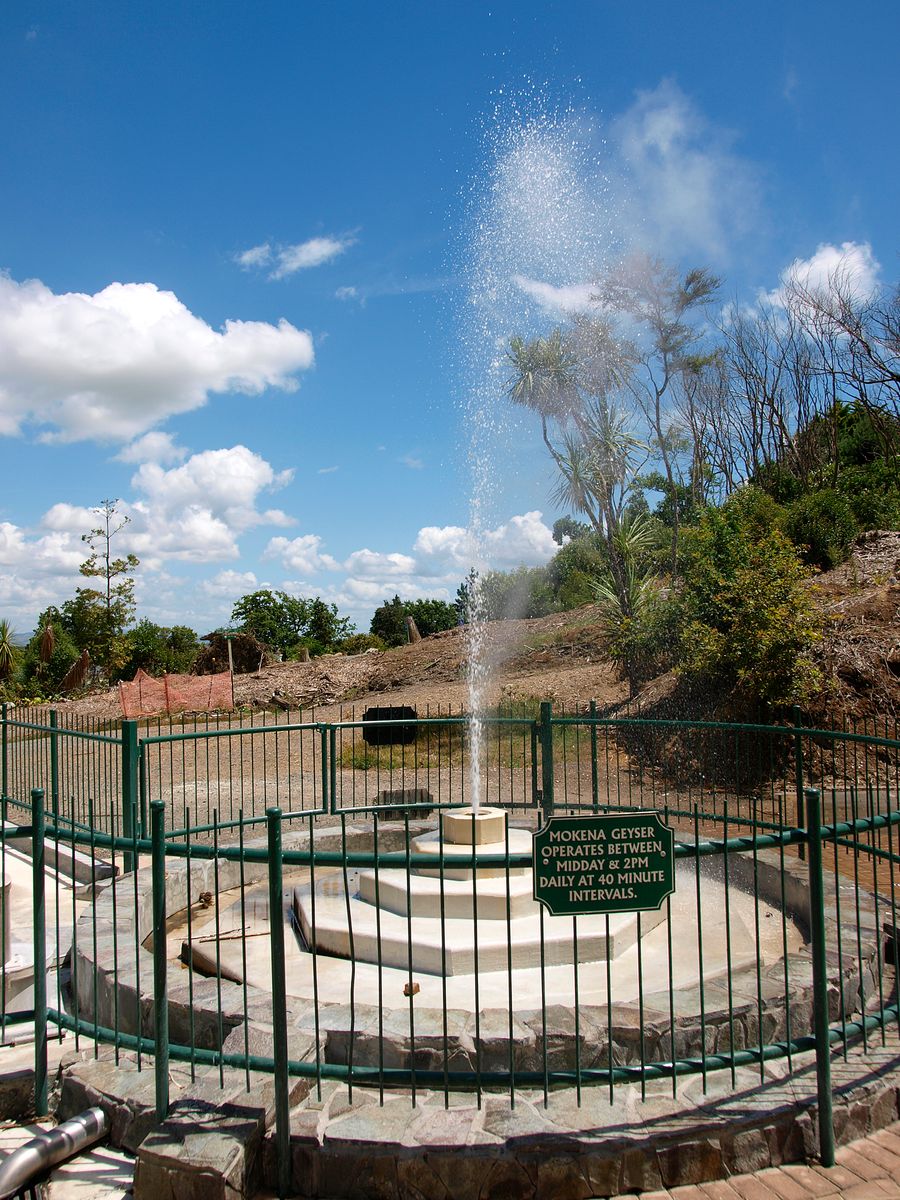
 In short
In short
An unusual natural landmark in Te Aroha town is Mokena Geyser. It is an artificial geyser – thermal soda spring that erupts from its artificial structure every 30 – 40 minutes.
 33.3%
33.3%
GPS coordinates
Location, address
Map of the site
If you see this after your page is loaded completely, leafletJS files are missing.
 In detail
In detail
History
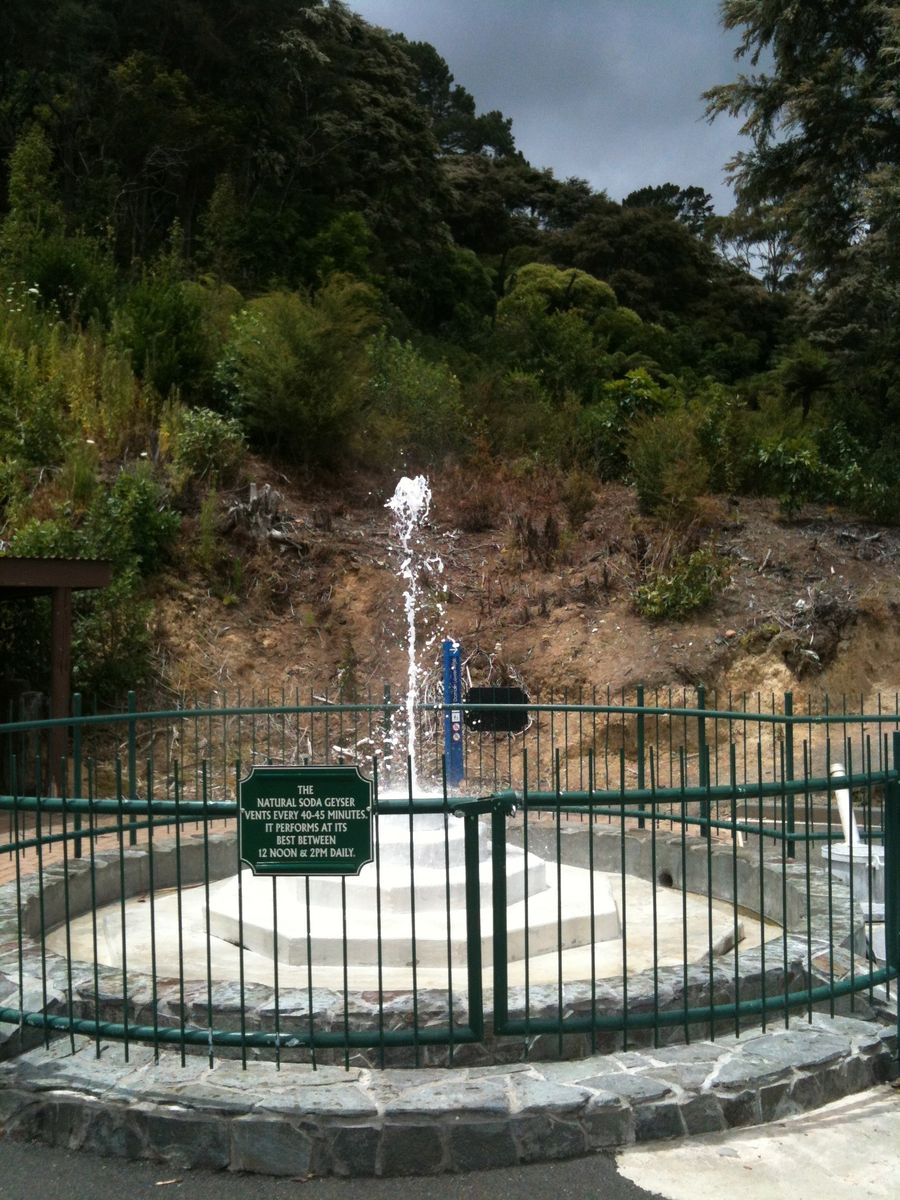
The history of the hot springs in the present-day Te Aroha spa town started with Māori people. They used the hot springs for everyday needs (comfortable!) and also for relaxation and healing.
In 1882 these springs were donated to the public by a Māori chief Mokena Te Hau and since 1889 there developed a spa town Te Aroha – the first popular spa town in New Zealand.
As the number of visitors increased, the demand for the hot water increased and one after another the boreholes were made.
Mokena Geyser is one such borehole – 105 m deep, made in 1936. It is named to honor the Māori chief.
Today Te Aroha still is a popular spa town. Locals and visitors love to walk and bike in the surroundings and quite a few notice also the unusual fountain in the corner of Te Aroha Domain – the spa park.
Geology
Hot water springs of Te Aroha are seeping through the fractures in the Hauraki fault of Kaimai Ranges – andesite rocks. Most likely, these springs are fed by atmospheric water that penetrates the ground until reaching the volcanic heat. As the water is heated up, it rises upwards and is enriched with sodium bicarbonate, magnesium, and iron salts.
Mokena Geyser is one of such springs, although this is an artificial spring – a borehole. It is rich in carbon dioxide and this gas plays a key role in its mechanics. While the true geysers are powered by steam, Mokena Geyser is powered by carbon dioxide.
This geyser erupts every 30 – 40 minutes, beating 1.5 – 4 m high. Water is quite hot – 75 – 85° C.
Around the borehole is a stepped structure, turning it into a kind of park fountain. The stone steps are gradually covered with aragonite that is cleaned away every 6 months to prevent the clogging of the system.
This is not the only erupting borehole in this area: nearby are other similar boreholes – e.g. Wilson Street Bore (sealed) and Domain Trust Bore.
Often it is said that Mokena Geyser is the only natural soda geyser in the world. This is not true: first, it is not a true natural geyser but a borehole made by man. Second – it is not the only one – in several places of the world, there are similar “geysers” – boreholes where the eruptions are powered by carbon dioxide.
References
- Ashley D. Cody, Ron F. Keam, Jesse Lebe, Bridget Lynne, Katherine Luketina. Sinter-forming springs and geysers of the Waikato region, July 2021. Accessed on February 19, 2022.
- The chemistry of waters of Te Aroha
geothermal system, October 2012. Accessed on February 19, 2022.
 Linked articles
Linked articles
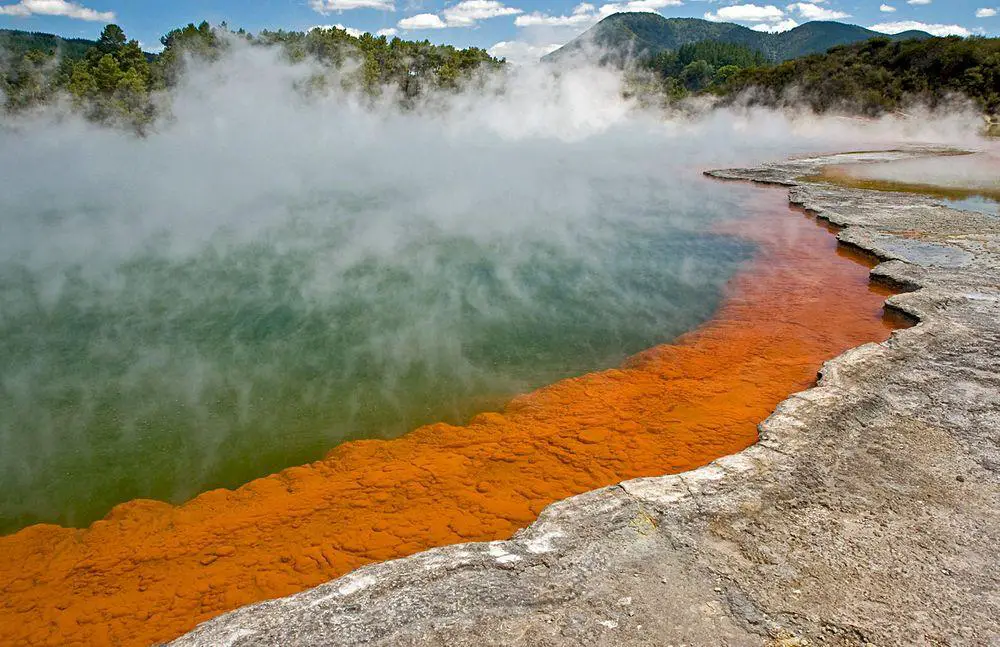
Wonders of New Zealand
The island nation of New Zealand hosts some of the most impressive natural attractions in the world. The number of attractions is divided almost equally between two large islands – the South and North islands.
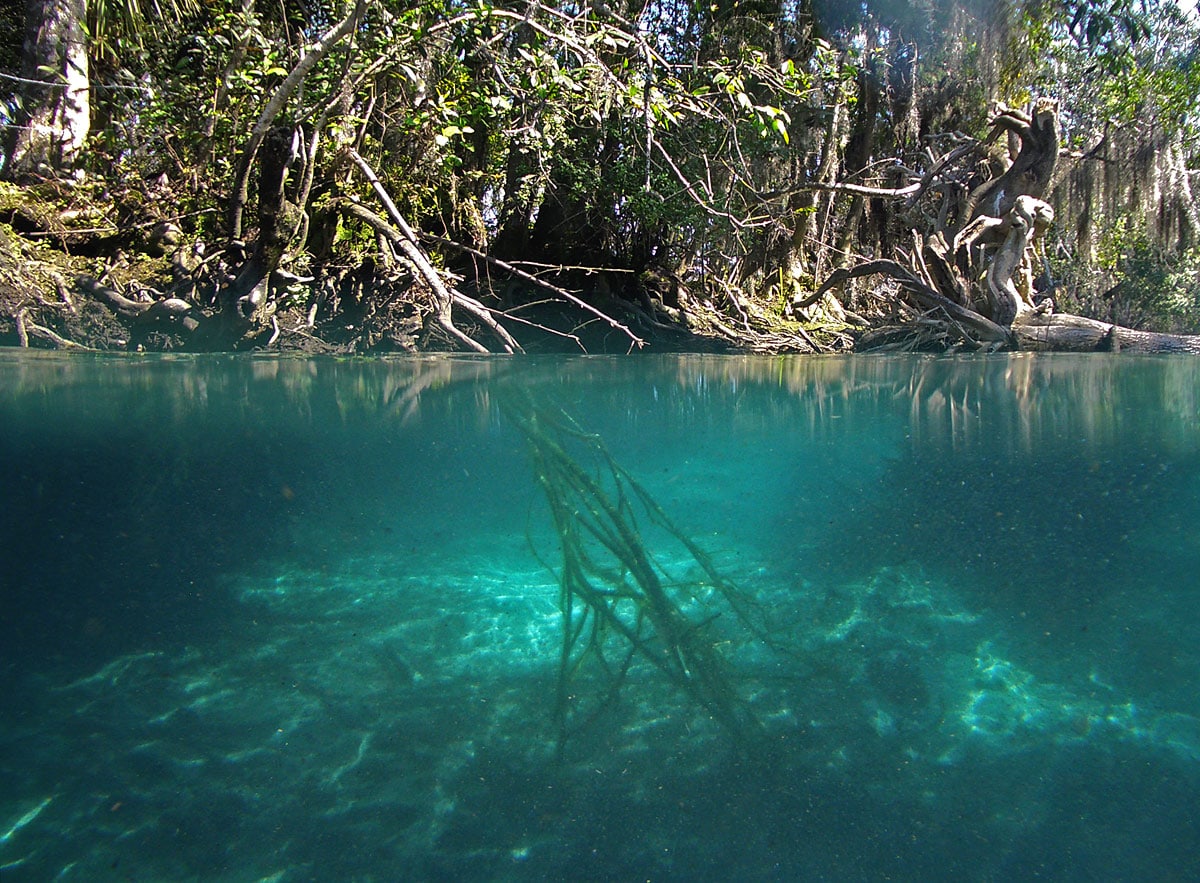
Springs
Powerful natural freshwater springs belong to the most fascinating monuments of nature. Even more exciting is the diversity of unusual springs – mineral springs, hot springs, submarine springs as well as the unusual black smokers. Especially beautiful are such natural rarities as travertine, silica, or salt terraces created by warm and hot springs and, especially, geysers.
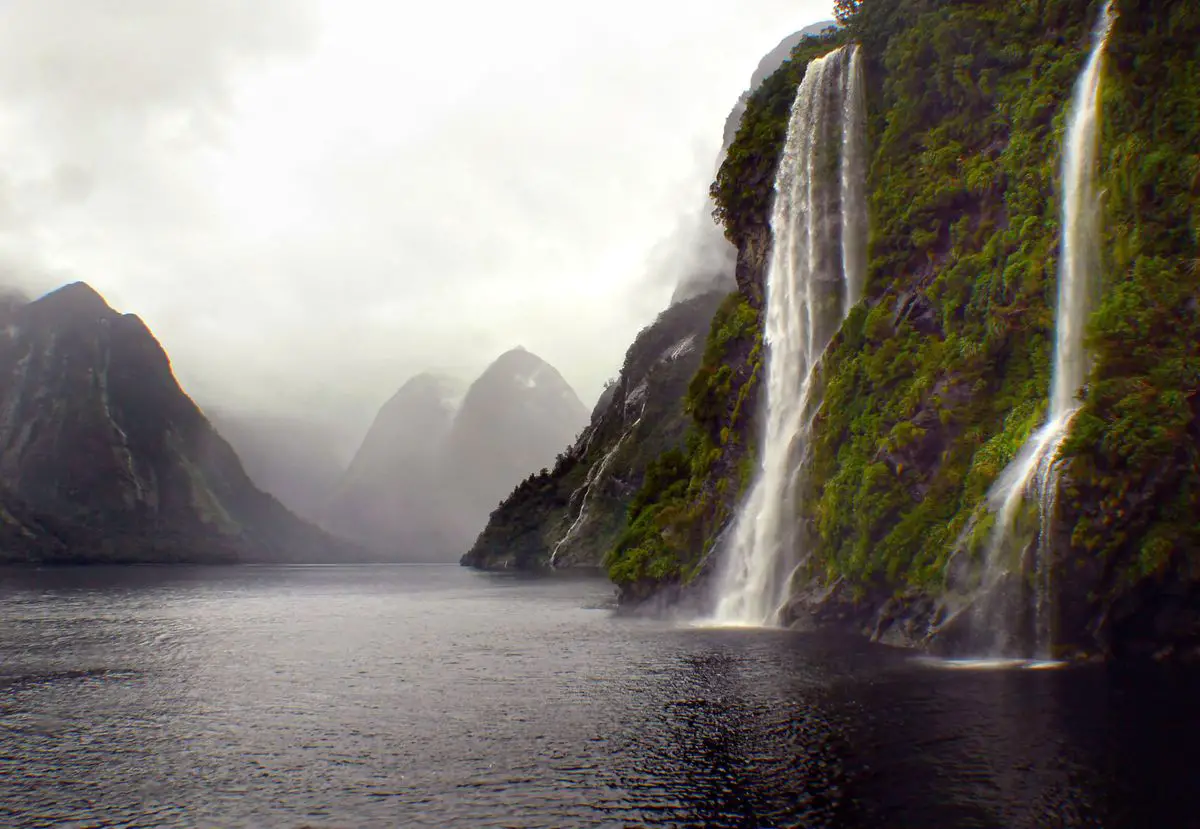
Wonders of Polynesia
Although the landmass of Polynesia is small, the charm and special beauty of this region are some of the most impressive on our planet. These islands are endowed with lush and beautiful nature, with warm oceans and friendly people representing a distinct culture. Polynesia is very rich in both natural and cultural landmarks and many of them are unique.
 Recommended books
Recommended books
Between Each Step: A Married Couple’s Thru Hike On New Zealand’s Te Araroa
Shedding years of societal conditioning that dictates school, work, and life, Patrice and Justin La Vigne do their best to maintain a nomadic whimsy. However, this nontraditional life presents just as many moments of joy and grace as moments of stress and hardship. It’s in the rawness of long-distance hiking that the couple builds confidence to continue their “life less ordinary.”
DK Eyewitness New Zealand (Travel Guide)
From the subtropical kauri forests of the North Island to the remote fjords of the South Island, New Zealand offers plenty of opportunities for adventure. Explore cultural cities, climb mammoth mountains, marvel at the icy-blue glacial lakes, or spend an afternoon in idyllic vineyards.


